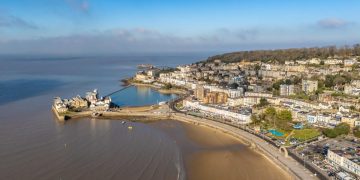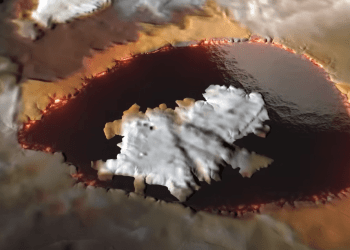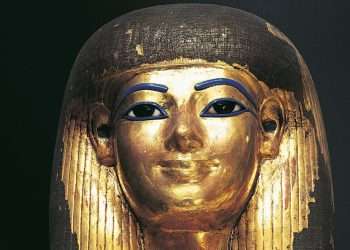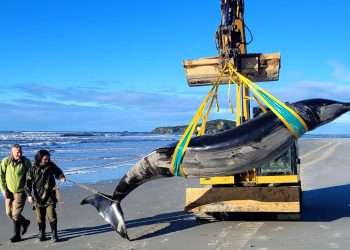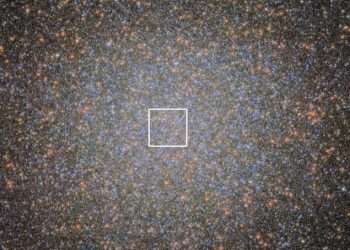THE world’s largest plant has been discovered under the sea — and it is the same size as Wigan.
Seagrass aged 4,500 years old and covering a whopping 70 square miles has now been named as the Earth’s biggest bloomer.


Scientists were shocked when they looked at the vast vegetation’s genetics to see how many plants were in a marine meadow.
Lead researcher Jane Edgeloe said: “The answer blew us away — there was just one.”
As all the plants have the same genetic code, they count as a single organism.
The hearty herbage in Shark Bay — 450 miles north of Perth, Western Australia — is nearly as old as Stonehenge.
Read More on Science
It is believed to have expanded over thousands of years by repeatedly cloning itself.
Scientists sampled shoots from across the seagrass — named Poseidon’s ribbon weed — to work out its genetics.
They found it is a polyploid, which means it has super adaptability from having 40 chromosomes — double the number found in similar shrubs.
Evolutionary biologist Dr Elizabeth Sinclair said: “Polyploid plants often reside in places with extreme environmental conditions, are often sterile, but can continue to grow if left undisturbed — and this giant seagrass has done just that.”
Most read in News
Researchers from Flinders University and the University of Western Australia, who started the study three years ago, will now carry out experiments to understand how the plant has thrived for so long.
Experts previously thought a grove of 47,000 identical trees in Utah, in the US, formed the biggest plant.

Market Place in the centre of Wigan[/caption]
Source link














